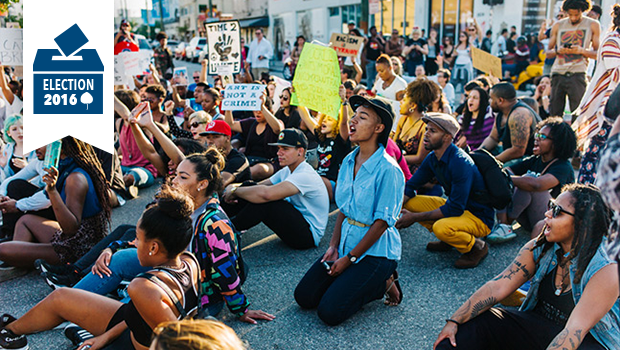“The ‘American Dream’ is a lie. We say if you work hard, you’ll make it. If you don’t, you didn’t try hard enough,” said C. Nicole Mason last week during a discussion with Washington Post journalist Jonathan Capehart on Mason’s new book, Born Bright: A Young Girl’s Journey From Nothing to Something in America.
“Our ability to succeed is less determined by our grit and resilience than by being born in a community without resources,” she said.
Research backs her up. As Raj Chetty demonstrates using decades of tax and census data, families across the country have seen the chances of achieving the American dream decrease for themselves and their children. Yet, time and again, we focus on individual responsibility to the exclusion of the failures of our systems to serve families. We need to move beyond the “bootstrap and big government” paradox.
What struck me most from the conversation between Mason and Capehart was the power of narratives to shape our understanding of others in society, the problems of persistent poverty, and economic vulnerability.
Mason’s powerful personal memoir shines a bright light on the complex conditions facing families struggling to break the cycle of poverty. Her candid writing animates the often-overlooked resilience of families. Readers move beyond the mindset of celebrating the one who beats the odds to examining how we, as a society, must change the rules of the game – so that all of our children can reach their full potential.
“Why is it that we only expect people with nothing or very little to have grit? The same expectations we have for poor people – we don’t have for middle-class kids. And if we’re talking about social capital, what are we networking with in communities with meager resources?” asked Mason, as she reflected on her educational journey.
No one in her family had gone to college. She had no idea how to even apply for college, much less how to fund it. It was a teacher, and Mason’s own persistent nurturing of her relationship with that teacher, who helped her navigate the application maze.
At the same time, Mason said she knew a lot of kids who were smarter than her who did not make it out of her community. And she knew a lot of families working two jobs or more who still could not make ends meet.
As an adult and a researcher, that led her to ask how we build more connected communities, communities with at least the basics – food, safety, and decent schools. Every child should be able to grow up in a community where they can learn, and be happy and safe. In a country as wealthy as ours, every child should be able to have a childhood.
Mason’s compelling narrative demonstrates how profoundly stories shorten the distance between people and perspectives, and how effectively they convey complicated issues and nuance. Her message could not have come at a more critical time. The past months have shown us how little we understand the stories of one another, both our dreams and our fears. Sharing – and truly listening to – the stories that shape each of us is an important step forward – so we build a sense of shared understanding and humanity and ultimately connected communities that make the American Dream a possibility again for all families.
Mason is an Aspen Institute Ascend Fellow and the executive director of the Center for Research and Policy in the Public Interest.


